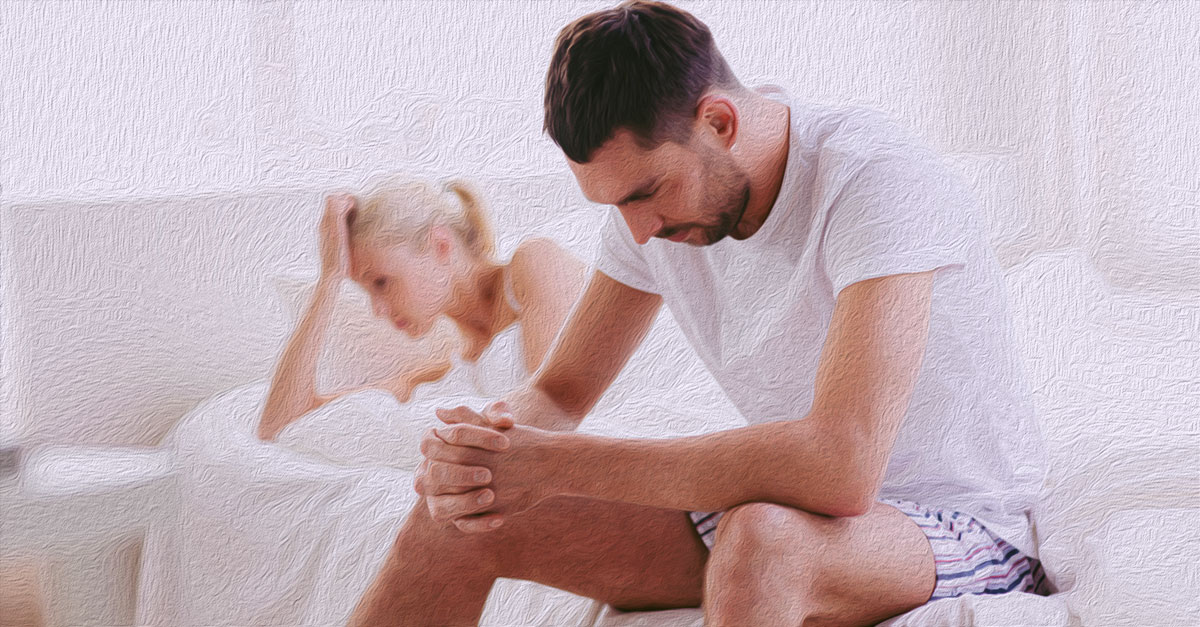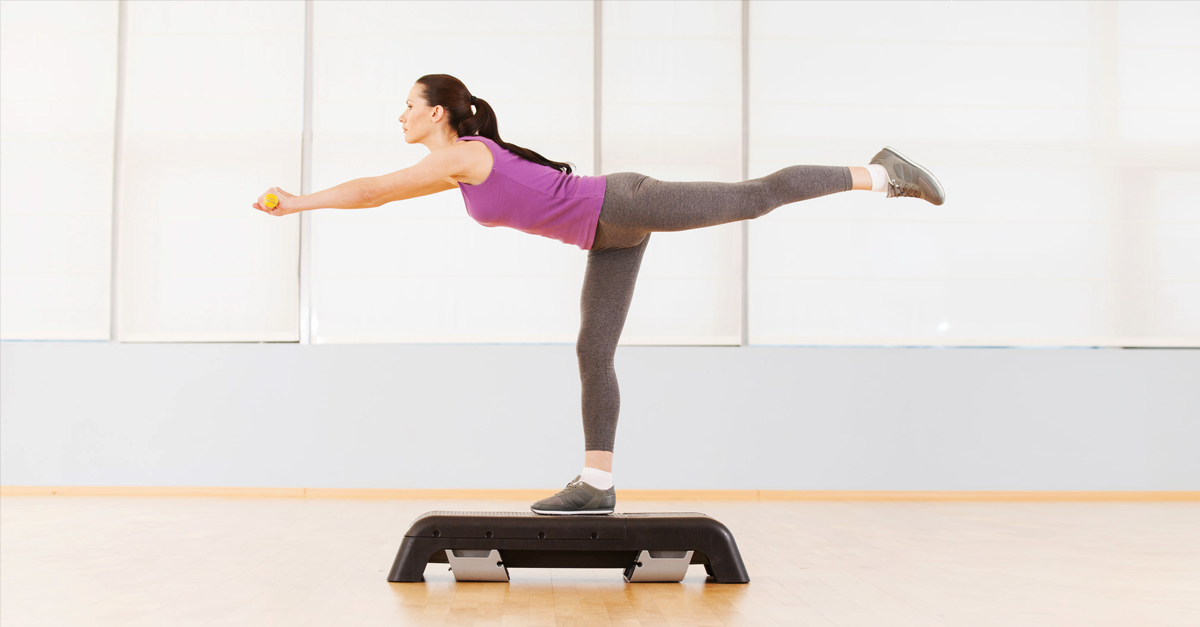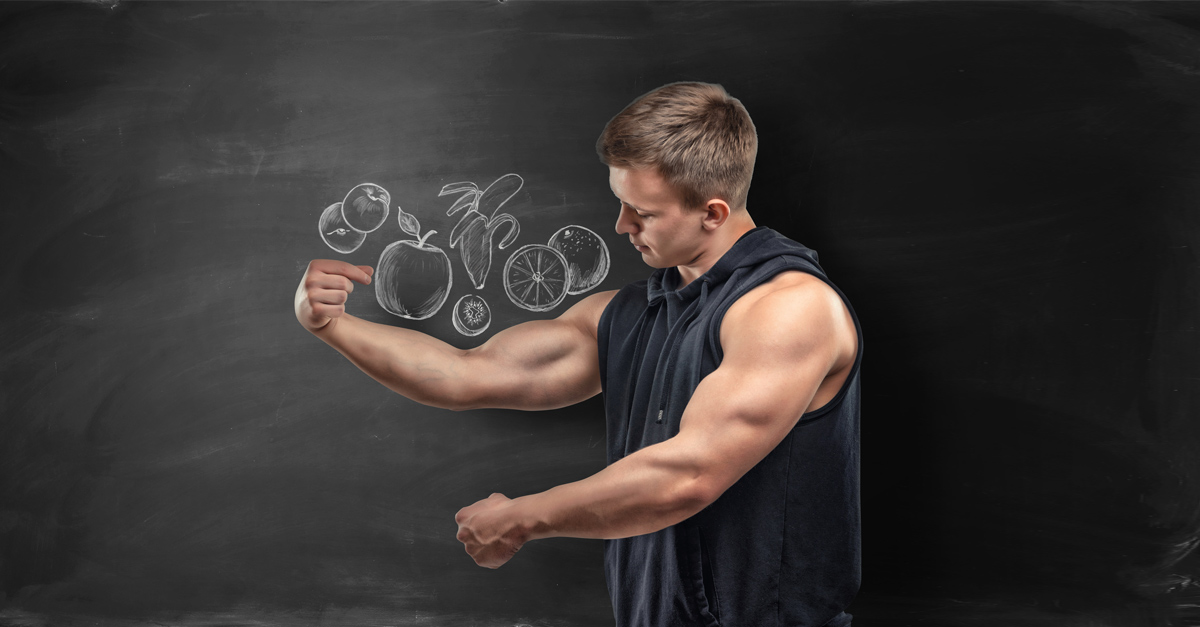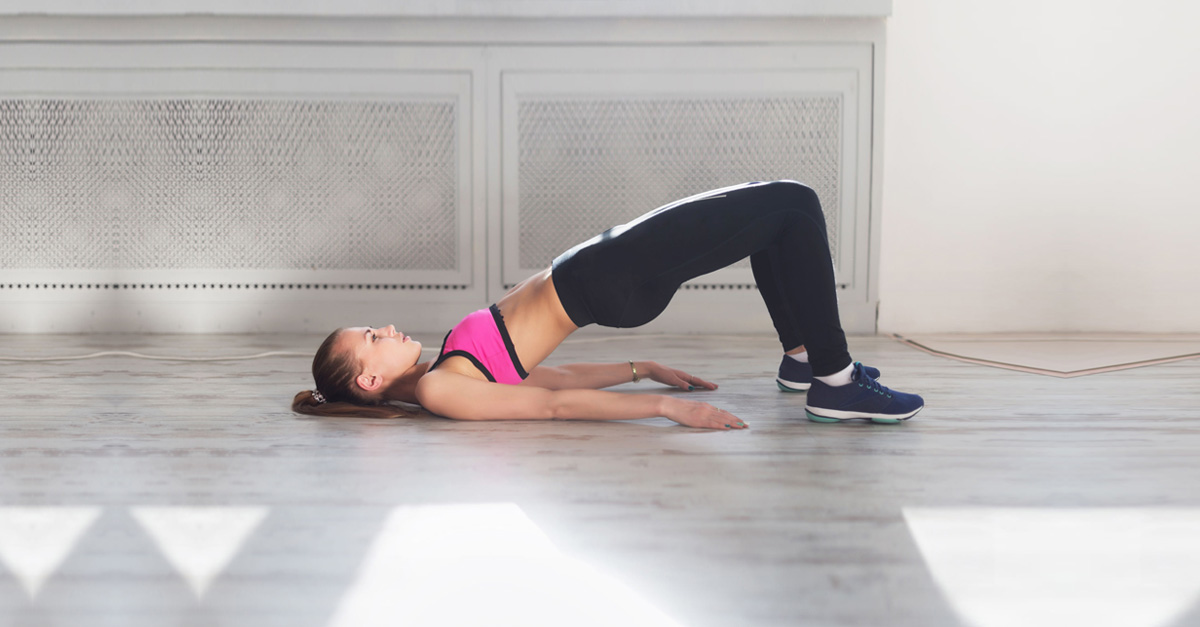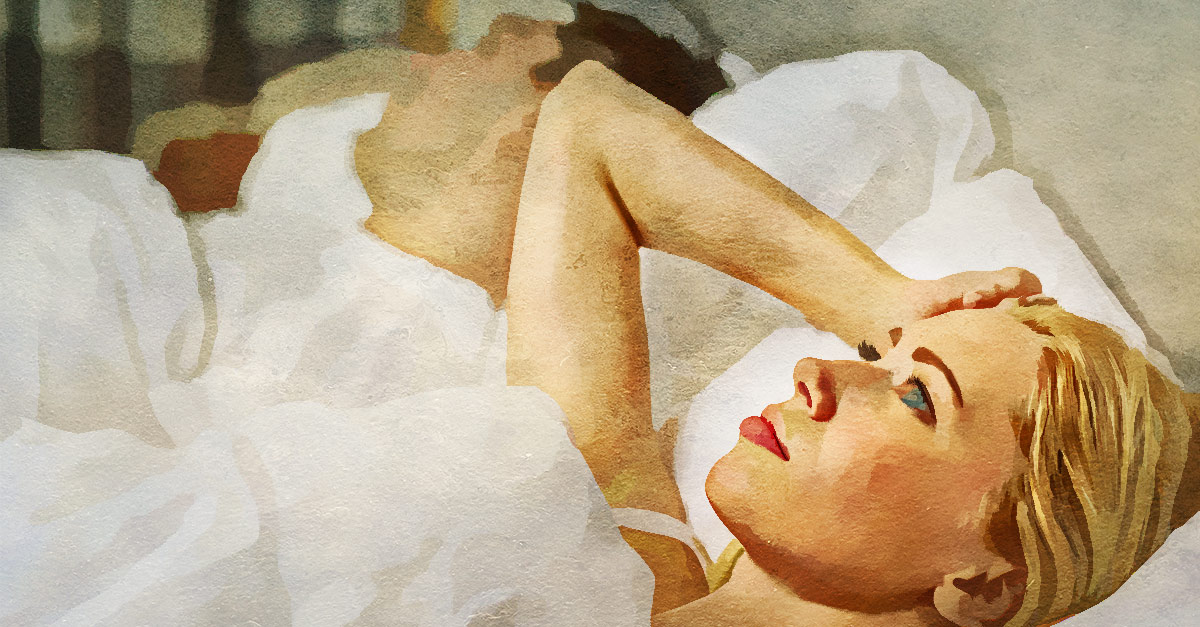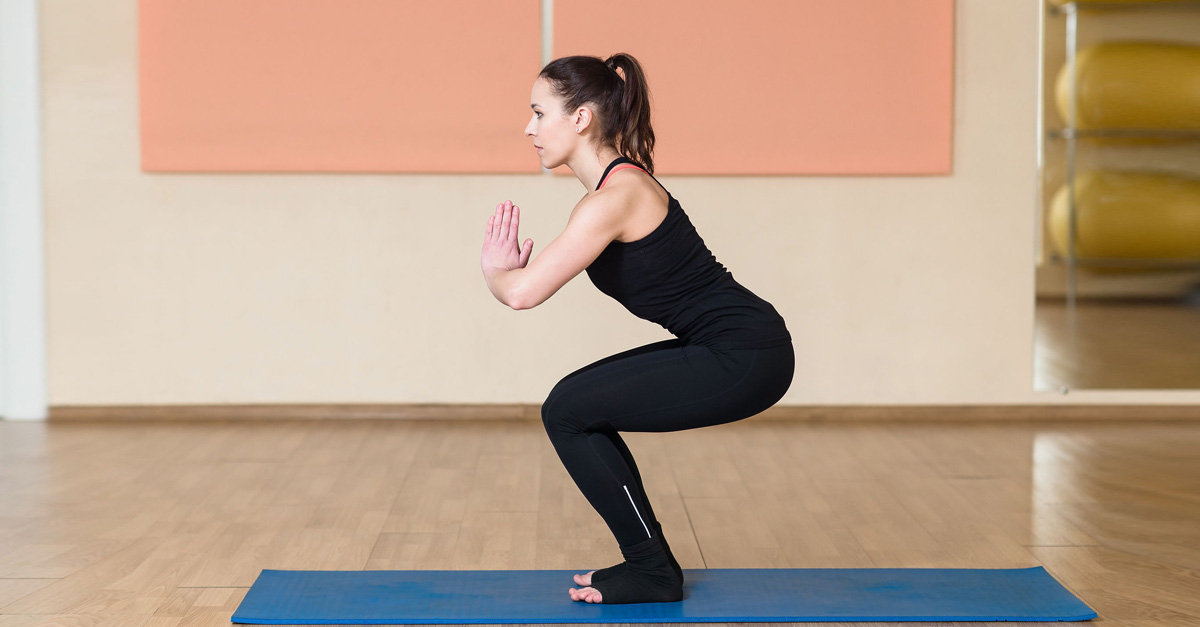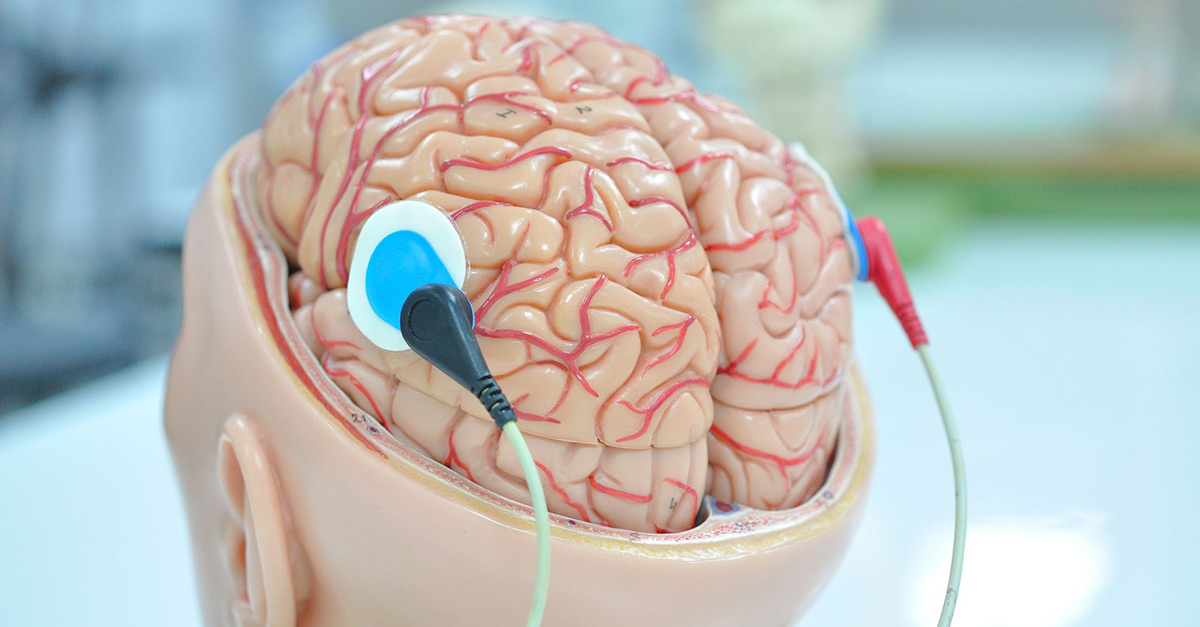
Our motor control system, which is controlled by the cerebellum in the brain, is responsible for coordinated neurological firing and is in charge of stability, balance, postural control, coordination, and perception.
Brain And The Muscles
In order for our bodies to complete any given task the brain sends signals through the spine for execution. Movement is achieved through systems or patterns rather than individual muscles. The patterns we develop over our lives to complete specific tasks are unconscious and habitual. They are a result of nature and nurture.
Movement And Posture
We see our parents move and we copy them. Our movement patterns are a result of what we do every day. Movement and posture are also affected by our emotional state. Modern dance pioneer and lifelong student of bodily motion, Martha Graham, was forever impacted by the comment her father made to her when catching her in a lie as a young girl, saying: “Movement never lies.” Our bodies will do whatever they need to complete a given task and the patterns we develop are not always optimal. A dysfunctional pattern will cause injury over time.
Gluteus Medius And Gluteus Maximus
However, since movement is a habit, we can change it. The gluteus maximus is the largest and most powerful muscle in the body. It is a core stabilizer responsible for hip extension and external rotation. The gluteus medius and gluteus minimus work together to abduct the hip (pull the thigh away from the midline) and help support the body on one leg during gait in concert with the tensor fasciae latae. When the hip is in a flexed position, the gluteus medius and minimus internally rotate the thigh and when the hip is extended, they externally rotate the thigh preventing the knee from falling inwards (valgus collapse) which causes dysfunction at the hip, knees, and ankles.
While the glutes have many responsibilities, they actually tend toward inhibition. An inhibited muscle means that the muscle is not optimally “hooked-up” to the motor control system and therefore, does not fire (turn on) quick enough in a specific pattern. It is important to distinguish that inhibition does not refer to the strength of a muscle, it refers to a neurological connection. This connection must be working properly before building strength. You can imagine that with all the responsibilities of the glutes, that if they are not “hooked-up” properly with the motor control system, a myriad of problems can occur.
For example, the gluteus maximus must function properly in concert with other muscles for gait. The glutes are major propulsion muscles and produce powerful locomotion. The gluteus maximus contracts along with the opposite latissimus dorsi during heel strike. If the gluteus maximus is not firing optimally, the energy produced during locomotion can get stored up in the thoraco-lumbar fascia and cause lower back pain. This is just one of a myriad of problem that are caused by weak or inhibited glutes. SI joint dysfunction, runner’s knee, plantar fascists, shin splints, achilles tendinitis, lower back pain, etc, can all be caused by underlying gluteal dysfunction.
One reason for inhibited gluteal muscles is our evolution towards a daily life of more sedentary routine. Excessive sitting can cause the hip flexors (opposite muscle group to the glutes) to become short and over-active, thereby inhibiting the gluteals. Too much time spent in seated positioning is not the only thing that can cause the gluteals to shut down. Certain sports are highly asymmetric activities and can cause imbalances in the body.
Golf is a great example. Injury can also create asymmetries and compensation patterns. Pain is a survival mechanism that causes the body to alter movement as protection. Depending on the particular injury and rehabilitation process, once the pain subsides and the injury “heals” the body’s muscle memory may have already stored compensatory movement patterns that are less than optimal. This is why it is important to re-learn proper movement patterns when recovering from an injury.
How To Reactivate Gluteal Muscles?
To reactivate the gluteal muscles first the neuromuscular connection must be restored and then the muscle can be strengthened. During the restoration process, it is easy for the body to return to its previous pattern if the exercise or activity is progressed too fast. This is why it is important to have the help of an educated professional for a full recovery.
